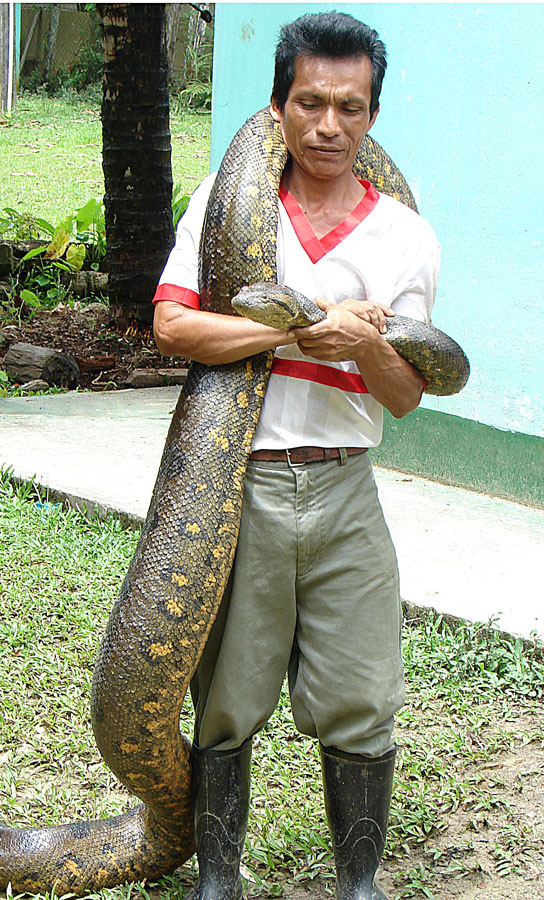"Primates" is a 2020 BBC mini-series about apes, monkeys and prosimians. Some humans (mostly primatologists) have been thrown in for good measure, too! Most of the documentary is standard fare: spectacular footage of non-human primates from all over the world, and calls to save them for posterity. Good for a boring Christmas holiday, but perhaps not *that* interesting...
However, I did notice a few things.
In the Congolese hills, the Virunga National Park - with a rare population of mountain gorillas - is protected by "park rangers", actually a heavily armed uniformed militia. The park rangers have been repeatedly attacked by rebel groups operating in the region. But why would humans volunteer to protect gorillas against guerillas, risking their lives in the process? The BBC interviews a ranger who claims to have a spiritual bond with the gorillas. Maybe he has.
However, there is a much more mundane explanation. The rangers are recruited from the local population and paid by international organizations. Eco-tourism from Western nations is another source of income. Also, the local communities get a share of the profits. Nothing wrong with that, per se, but it *does* mean that the rangers have a very vested *human* (Homo sapiens sapiens) interest in protecting the gorillas. They are simply protecting their own sources of income. Since the rebels are presumably Hutu expats or expellees from Rwanda, some kind of ethnic dimension can´t be ruled out either. The people in the Virunga area are literally defending their homeland against foreign intruders. See how I managed to de-romanticize the whole situation? When the Western money stops coming, the mountain gorillas are bush meat, if you ask me...
Another uncomfortable fact. As I have repeatedly pointed out on this blog, even Native peoples deplete their resource bases if given half the chance. Research carried out at Koram Island off the coast of Thailand shows that monkeys, specifically crab-eating macaques, do exactly the same thing! The monkeys are tool-users: they use heavy stones to crack open oysters. The tool-use leads to over-exploitation of the oysters, which tend to become smaller and less abundant as a result. Imagine what would happen if some primate started to use tools consistently...wait...
Edenic ecological balance doesn´t even exist among tool-using freakin´ *animals*, it seems.
"Primates" does contain other interesting information, to be sure. We get to meet a team of animal rescuers trying to "retrain" young orphaned orangutans for a life in the wild (the orphans are used to human "foster parents" and have therefore lost these skills). As part of their project, the human trainers have to take climbing lessons in really tall trees! Another team tries to reintroduce pet gibbons into the wild. Gibbons are popular as exotic pets, but many of them are snatched from the wild and essentially trafficked as part of the illegal animal trade. The gibbons shown in the docu are rescued and taken back to their original habitat.
So perhaps there is some hope, after all. However, I have to say that what really caught my attention was the somewhat more pessimistic facts, some of which BBC doesn´t really want the viewers to confront...


.jpg/800px-Presidente_Nayib_Bukele_(cropped).jpg)

_logo.png)



.jpg/1024px--UNGA_(48795698093).jpg)

.jpg)

_eating.jpg/1024px-Mountain_gorilla_(Gorilla_beringei_beringei)_eating.jpg)


%E9%9B%99%E9%82%8A%E6%9C%83%E6%99%A4_(32074399712).jpg/1024px-01.10_%E7%B8%BD%E7%B5%B1%E8%88%87%E5%B0%BC%E5%8A%A0%E6%8B%89%E7%93%9C%E7%B8%BD%E7%B5%B1%E5%A5%A7%E5%BE%B7%E5%98%89(Jos%C3%A9_Daniel_Ortega_Saavedra)%E9%9B%99%E9%82%8A%E6%9C%83%E6%99%A4_(32074399712).jpg)
